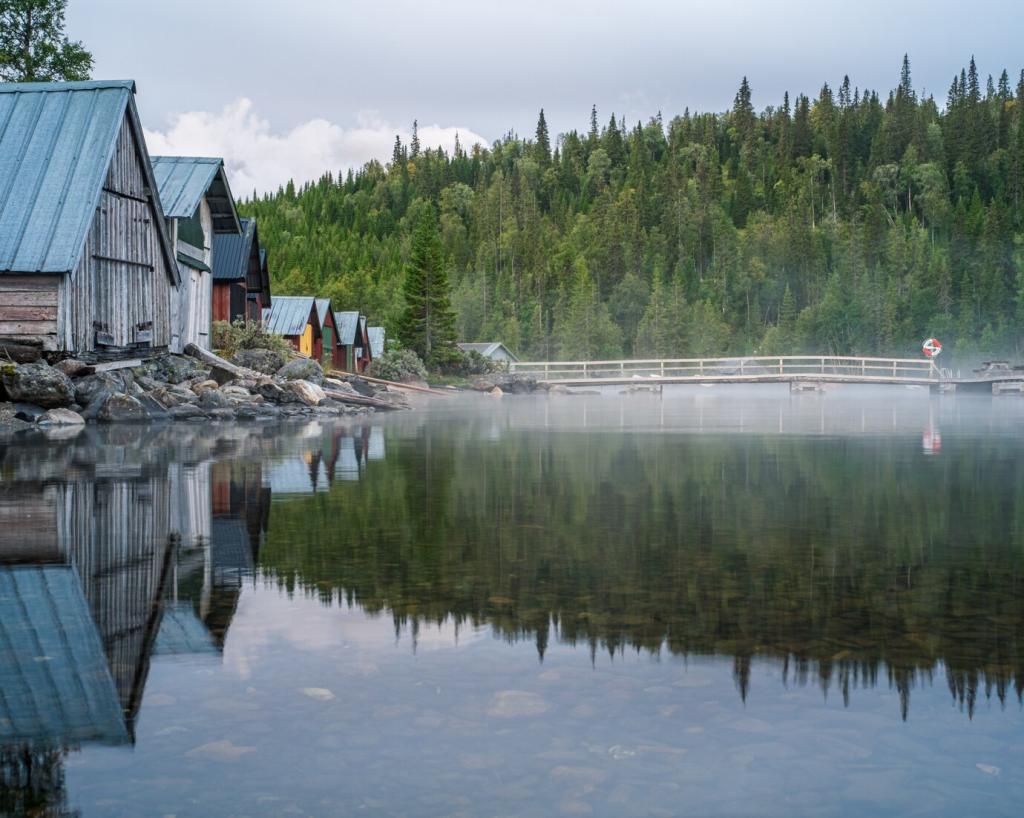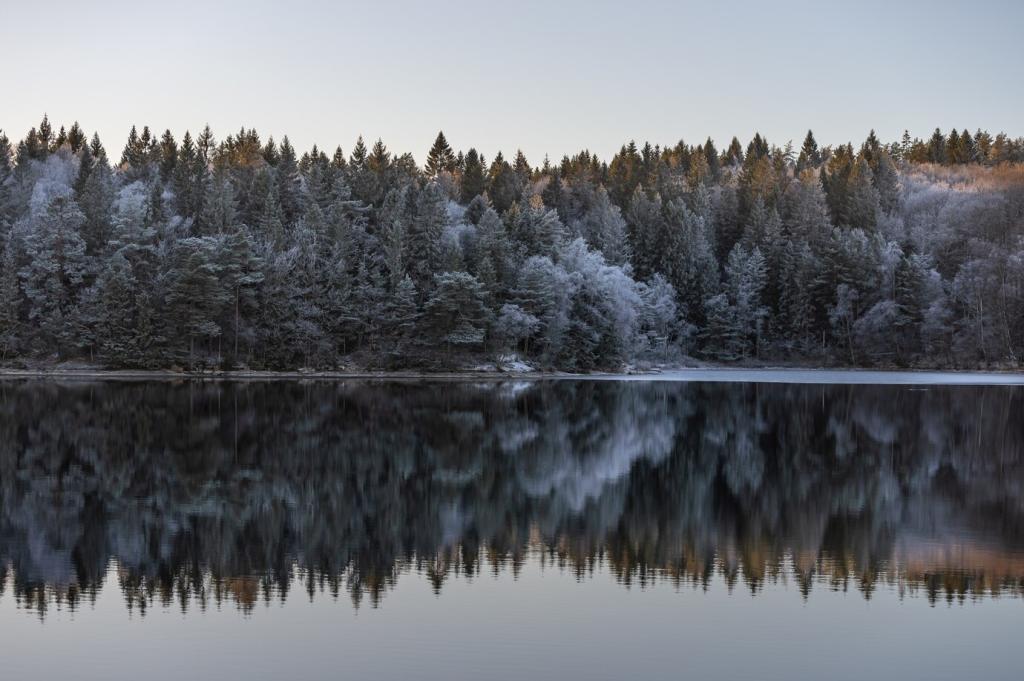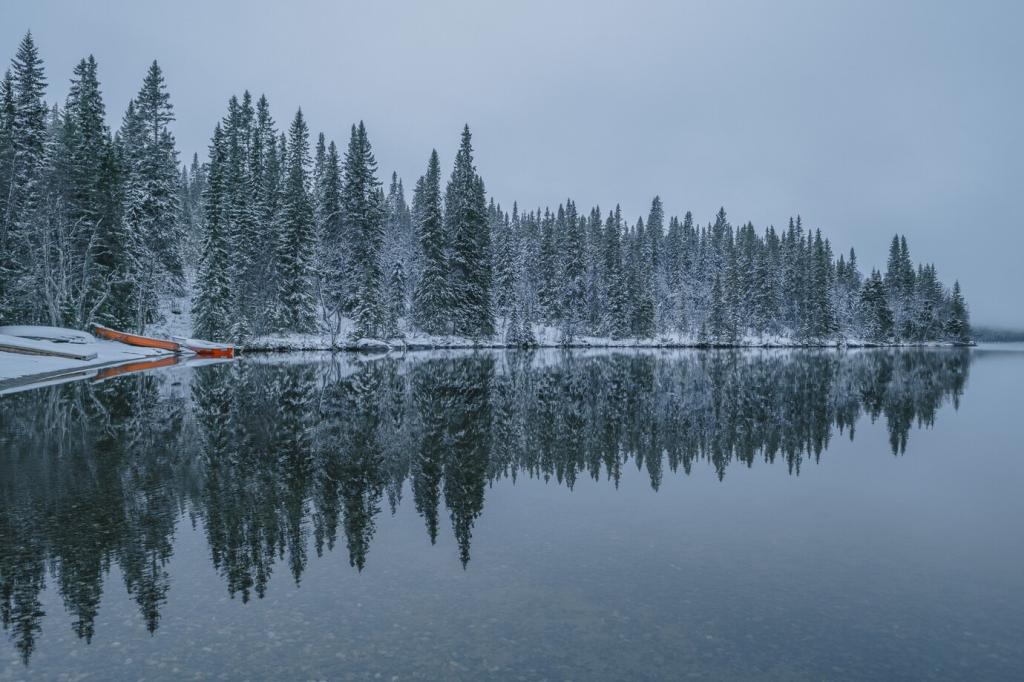Frogner Park (Vigeland Park), Oslo: Sculpture as Social Topography
Gustav Vigeland’s more than 200 sculptures, the Bridge, the Fountain, and the Monolith plateau orchestrate a ceremonial promenade through human emotion. The axial layout aligns vistas and gathering points, balancing solemn stone with generous lawns for strolling, picnicking, and play.
Frogner Park (Vigeland Park), Oslo: Sculpture as Social Topography
On summer evenings, teens imitate poses of bronze figures while grandparents recount first dates by the fountain’s spray. During winter, bundled joggers loop past the Monolith, proving artful parks sustain community rhythms regardless of season, weather, or generation.





